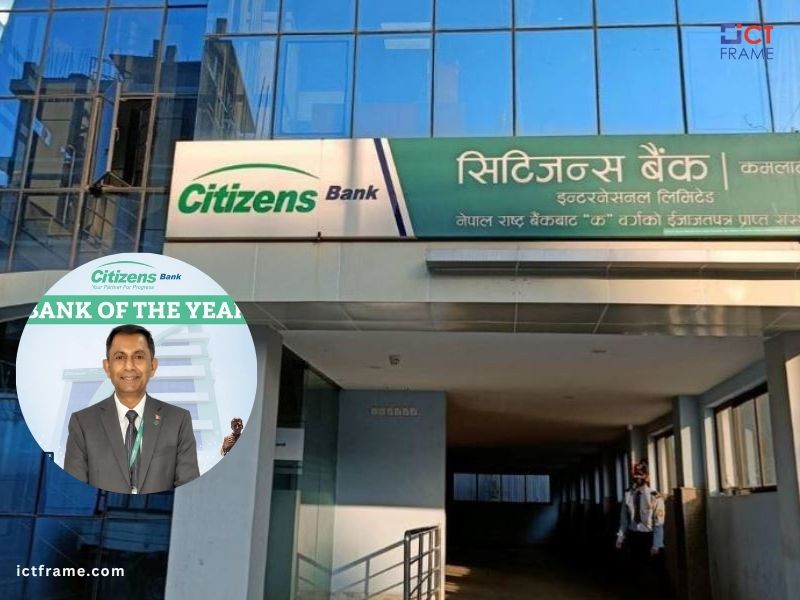Easy Way to Create Your Own ICT Disaster Recovery Plan
24 Feb 2021, Kathmandu
Your company is unique and your company continuity Plan (DR) should be based on your specific needs.
Now a days, all modern businesses use information technology to quickly and effectively process valuable data and information. All these data are vital for the survival and continued operation of the business.
Thus the impact of data loss or corruption from hardware failure, human error, and malware could be significant to any business. It can lead to lost revenue, brand damage, and dissatisfied customers.
Still, many business owners simply argue that their IT department’s budget is too small to spare any funds for a hypothetical future assuming that they’ll be fine just because they haven’t yet faced a catastrophe.
So let’s start with what a Disaster Recovery Plan actually is? It is a formal document created by an organization containing detailed instructions on how to respond to unplanned incidents such as natural disasters, power outages, Cyber-attacks, and other disruptive events.
It focuses on minimizing and recovering the effects of a disaster so that an organization will continue to resume its key operations.
Even if your company stays afloat after the disaster, there might be adverse repercussions after a disaster such as damaged reputation, loss of data and revenue, reduced employee productivity, etc.
So, every organization should prepare itself for uncertain catastrophic events. However, planning a disaster recovery is not everyone’s cup of tea. You need to carry out many types of research to understand the needs of your organization and assess the possible risks after implementing the recovery plan.
Every disaster recovery plan should be prepared such that it can address any type of disaster and should be customizable to meet the unique requirements of your organization.
However, the good news is that you can follow certain steps to reduce the risks during and even after the disaster. Creating a disaster recovery plan for your Organization lets you focus more on other important things on your plate, without having to worry that your systems are down as well.
These are some typical elements in a disaster recovery plan which makes it even more successful.
Create a disaster recovery team
Good knowledge about each team member and their problem-solving qualities are very essential for the formation of an effective disaster recovery team. It should be able to identify the team members, define each member’s responsibilities, and provide their contact information. All employees should be prior informed and made clear about their individual responsibilities if a disaster occurs.
Identify disaster risks and consider insurance
Your disaster recovery team must be able to identify and assess the risks to your organization. These risks can be natural disasters, human negligence, or technology-related incidents.
The team should be able to identify the strategies and resources required to recover from a disaster within a predetermined timeframe. Similarly, purchasing a catastrophe insurance policy as part of your disaster recovery plan can be very helpful to reduce the cost of recovery.
This will not just replace your IT equipment, but also examine the broader consequences and losses following the disaster.
Determine critical applications, documents, and resources
The organization must determine which factors are critical for the operation of the organization. The plan should prioritize short-term survivability like generating revenues rather than long-term plans such as restoring the organization’s full functioning capacity. The team must be able to protect network equipment, hardware, software, cloud services, and most importantly your critical data. For every item keep a record of its physical or virtual location, relation to other assets, vendor and version, networking parameters, and so on.
Specify backup and off-site storage procedures
An effective disaster recovery team should be capable of identifying what to back up, how to perform the backup, location, and frequency of backups.
All critical documents and paper works should be backed up, which includes the latest financial statements, tax returns, list of current employees and their contact information, inventory records, customer and vendor listings, etc. But, it is better to store daily operational supplies such as checks and purchase orders at an off-site location.
Test and review your disaster recovery plan
In successful contingency planning, it is important to test and evaluate the disaster recovery plan regularly. The disaster recovery plan should be tested at least every six months – to ensure it is still relevant and reflects the current organizational structure.
The team should update its recovery plan regularly to accommodate for changes in business processes and evolving disaster risks. Any gaps that you identify during these tests should be documented extensively so that you can easily fix them.








